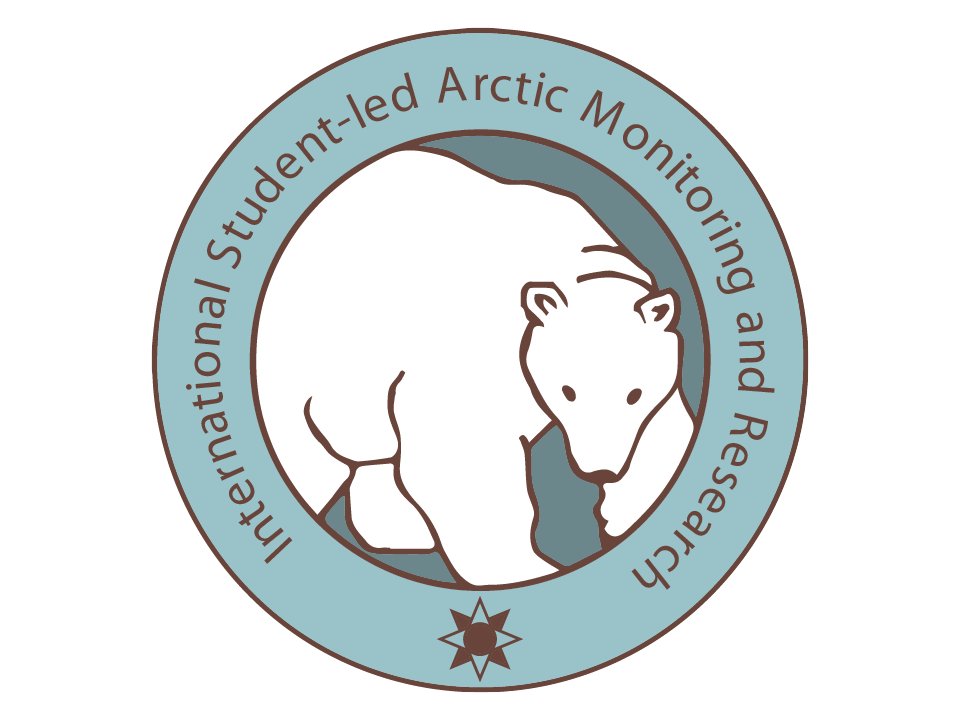Today has been the 1st full day out in the field. Even the dreary weather couldn’t bring down our spirits as we trenched through the Twin Lakes Bog.
Our day began promptly as 7a.m. in the cafeteria where we greeted by hearty smiles from the kitchen staff as well as hearty breakfast full of pancakes, syrup, and sausages. We headed out armed with our gear, including hip waders, which are thigh high rubber boots that ensure we don’t get our clothing wet, preventing the weather conditions from making us sick. As we weaved our way through the mossy wetlands we observed the versatile vegetation that grew throughout the bog (which was also the 1st bog we surveyed), munching on the savory berries that grew along the shrubs.
All researchers worked tirelessly through the morning. We inspected, measured ALT thickness, and took samples on the side of the bog that hadn’t been affected by the horrid forest fire that had devastated half of the bog back in the 90s’. While we broke for lunch, Dr. Ryan Brook showed us games played by Nunavut people in an effort to keep warm. This ensured lots of laughs and helped warm the spirits of those soaked by the foggy midday weather.
In the afternoon we continued in the same fashion of the morning routine. This time, we focused on the vegetation in the area burned by the forest fire so we’d have a contrast between two identical sites. I, as a person in charge of recording the macro-data for both sites, found a significant difference in the amount of lichen growing in the fields. In the healthy, prosperous area I estimated lichen (more specifically the cladonia species, cladonia rangiferina, and cladonia mitis) to cover over half of the space. Whereas in the burned area, herbs and shrubs were more likely to dominate. This, coupled with the data from the soil-samples, gave us key insight in the growing habits of vegetation and the effects external forces have the on the prosperity of a habitat.
As the day progressed we improved our technique improved and we were able to complete our work around 3p.m. We returned to the facility tired but with a feeling of accomplishment of our day’s work. After dinner we were treated to a moving talk with Sayisi Dene woman named Caroline, who bravely walked us through her life journey. This included her childhood in a residential school, her relationship with her parents, her inner turmoil with being a Sayisi Dene, and how she is relearning her culture that was torn away from her. This ended with a passionate speech on not only accepting who you are, but why it is important to know your roots.
In the evening we journeyed on a sunset safari as we gazed upon the Hudson Bay. We saw sled dogs, learned interesting tales of Churchill, and bonded with our fellow researchers. This was a relaxing and calming way to end such a busy day. We eagerly go to bed and await what the next day has in store for us.
Sarah Rauf, Kelvin High School 2018
